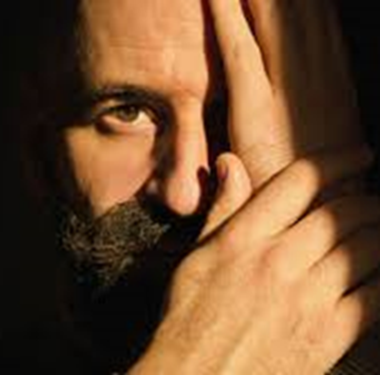Beethoven’s Ninth Symphony is one of those works I can hear anytime I want. I play it to myself in my head - at least, I think I do. It's a work I and many others have heard so many times, I sometimes wonder what might be gained from hearing it again. On this occasion, I need not have worried.
This is always a concertgoer’s dilemma, at least, if you are a concertgoer like me, who always craves new and original experience. There are many concertgoers, perhaps even a majority, who want only to hear what they know, hence the rather repetitive and perhaps, at least to me, the rather stultified and predictable nature of a lot of programmes.
As a season-ticket holder, however, one does tend to go to whatever is billed, and on Sunday, 10 December 2023, Josep Vicent and the ADDA orchestra chose to play Beethoven Nine.
I tried to remember the last performance of the work I attended. It must have been that Promenade Concert over twenty years ago that I attended with an old college friend, when an original instrument group performed it. “It’s being sung on the original voices,” said my friend with more than a smile. We were a long way from the stage in London’s Albert Hall. The work, of course, filled the space. More often than not an overlooked but regularly visited friend is full of surprises when we do finally make contact.
And it was true with this performance of Beethoven Nine. There were even surprises in Josep Vicent’s reading. The opening bars, for instance, are so often played with the first violins cutting forte through the general tremolo. Here they were subdued, understated. In the last movement, when the famous theme establishes itself on wider strings after cellos and basses have introduced it, Vicent had the woodwind come almost to the fore with its argumentative counterpoint. Thirdly - and what a masterstroke! - the presence of the chorus on the stage meant the timpani had to move. Vicent brought it almost to the front of the stage alongside the violas and cellos. The timpani, of course, plays a thoroughly significant role in the work, and not only in the groundbreaking second movement, where it played melody for perhaps the first time. The four soloists, Erika Grimaldi, Teresa Iervolino, Airam Hernández and José Antonio, were all more than up to their tasks. Positioned just ahead of the chorus, they sang with remarkable clarity, volume and commitment.
But the real star of the show was the chorus, Orfeón Donostiarra. The chorus were not just committed to the task, they sang as if their lives depended on it. But they were always totally musical, never prone to stress volume rather than tone, always accurate, with every dynamic change respected. The amazing quality of their work was recognized by the audience’s loud cheers at the end, a gesture that was both noticed and appreciated by everyone present.
In the first half we had Montsalvatge’s Cant
Espiritual de Joan Maragall, a twenty minute work for chorus and orchestra. Maragall’s
words concentrate on the prospect of life after death, in contrast to Schiller’s
which, as we know, are really interested in the here and now. Montsalvatge’s
music, understated neoclassicism, mixed with modernism and popular song, came
across as the perfect foil to the grandiloquence that was to follow. But in
Beethoven’s case, the grandiloquence works
every time. It’s grandiloquence with consequences and there’s
not an empty second in the experience. In our current world, we need more, not
less calls for brotherhood and sisterhood amongst all people.
















